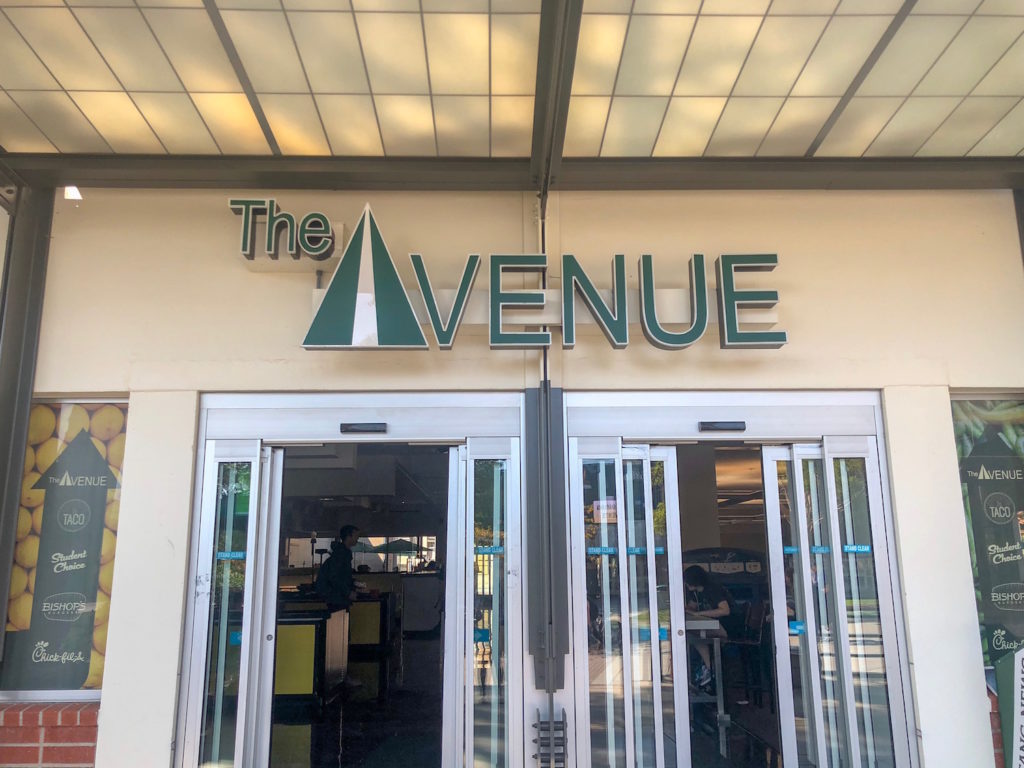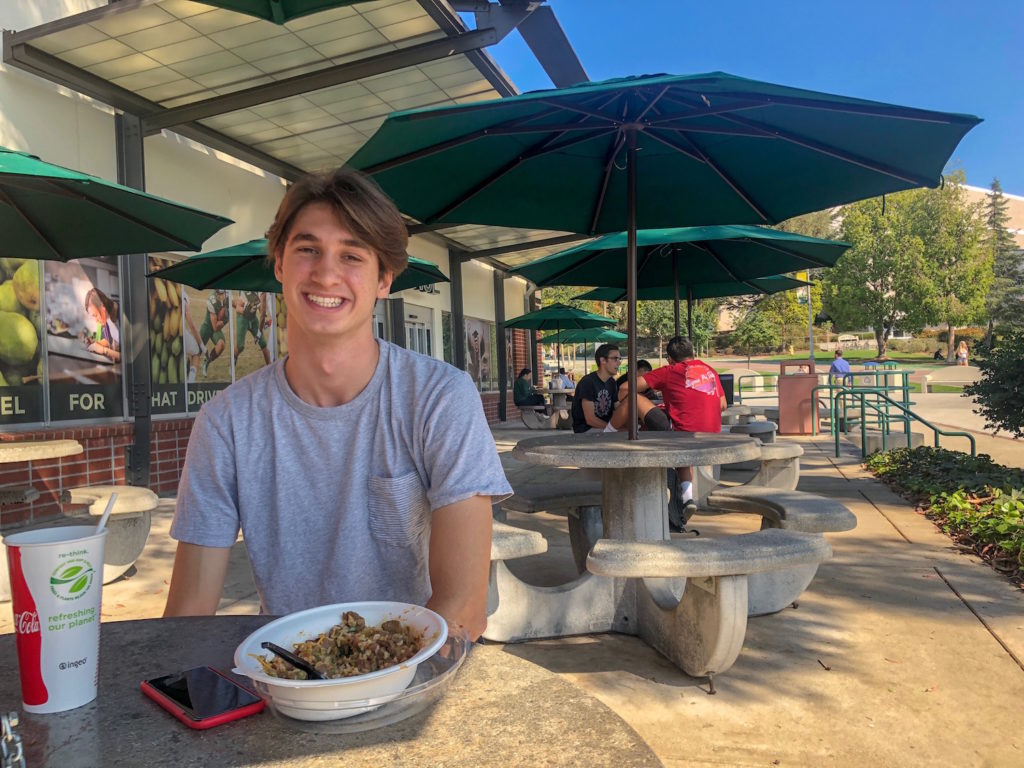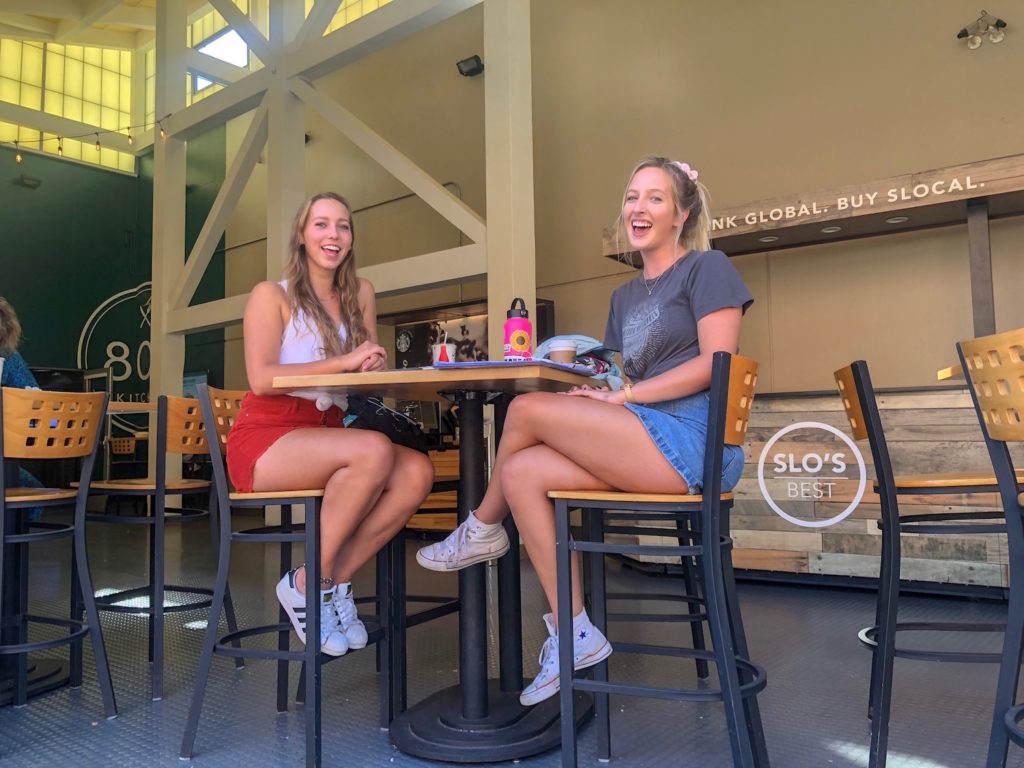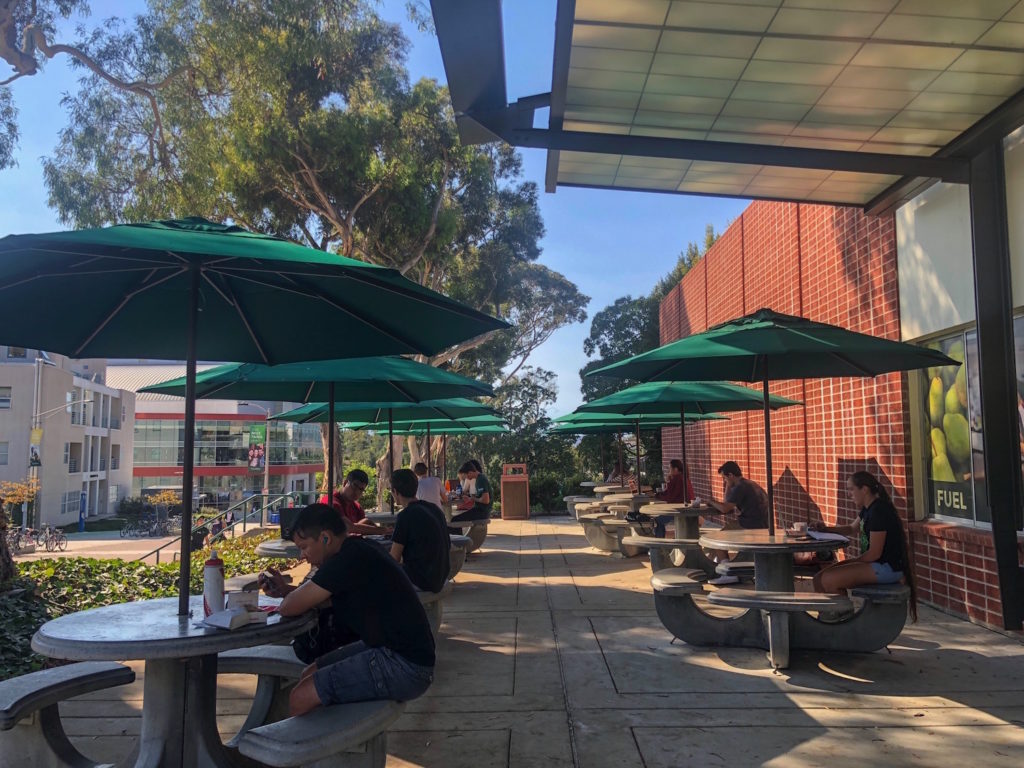After three years of a strictly Plu$ Dollar diet, meal plans have returned. At the beginning of Fall Quarter, the new meal credit and declining balance system replaced Plu$ Dollars.
Aaron Lambert, the Communications Specialist for Cal Poly Corporation said in an email, “Instead of just one declining balance plan, they had three significantly different options… two were less expensive than the prior year. This gave students the freedom to purchase the dining plan that best fit their lifestyle and budget.”
Originally, my team was going to produce a story based on a sustainability angle toward the new system. As time passed and interviews were held, we realized that the larger story was in the response to the new system. Sustainability plays a major role in many students’ opinions, but the functionality of the new system was what our interview subjects were primarily passionate about. Many articles were written about the reasoning behind the switch and reaction to Plu$ Dollars. These included initially proposing the idea in 2005, the food waste associated with the meal plan system, the introduction of the Plu$ Dollar system, and the improved sustainability due to the Plu$ Dollar system. There have been few articles regarding the switch back to meal plans. This is why we specifically chose this project.
Now onto the creative process of our team members…
Leanna was in charge of the strategy and engagement process. She said, “I loved this role, background research and connecting people together for this story gave me an adrenaline rush. Finding sources for McKenna and Taylor to work alongside and supplementing with any assistance they needed was a joy for me. I enjoyed reaching out to my connections throughout the community of San Luis Obispo and asking for their opinion on this topic. I had never used Reddit before and I was thoroughly amused by this media form connecting ideas (and sometimes trolls!) together. It is such a useful tool that I will continue to use throughout my career as a journalist.”
Lauren created the interactive portion to our story. She said that the most challenging part of her role was waiting to determine the angle. “I wanted to make sure the interactive part added to the story,” she said. She wanted to highlight the angle in her interactive piece initially but she had to wait, due to some of the various angles changing into key points within the story instead of the main focus.
Similarly, Taylor expressed her surprise at how the story shifted throughout her writing process. “The most challenging part of the story was how much it changed from the pitch day. At first, it was going to be focused on how the new meal credits were producing more waste. As I talked to more students, and finally got through to the right channels of campus dining, I discovered that these plans did not have to be wasteful. The true story ended up being in students complaining about how limiting their meal plans were, even though they were meant to provide more freedom for students,” she said.
McKenna dealt with the struggles of editing footage over the past two weeks. “The most challenging part for me was actually figuring out how to edit. I had a hard time with premiere so I switched to iMovie. I had a hard time incorporating the Mustang News slides in. My subjects didn’t answer in complete sentences so I had to have slides with questions on them before the video. I was also a little bit confused on what the angle was going to be, but eventually resolved that. The worst part was just being sick for this week because I had a lot to do for this project. Overall, I think it went well and the project as a whole came a long way with the great help from my group,” she said.
Overcoming many challenges and unforeseen alterations, I am extremely proud of this group and how we have worked together to produce this story.



